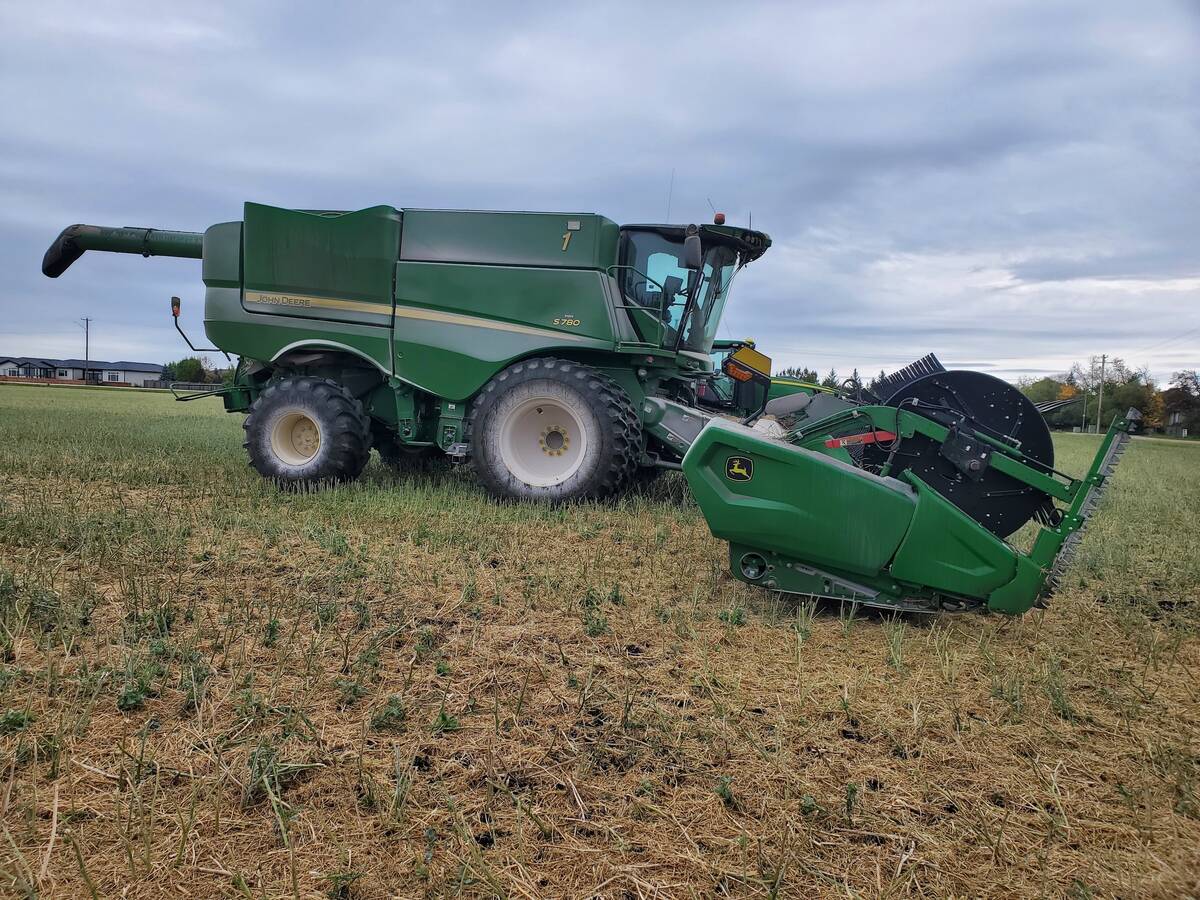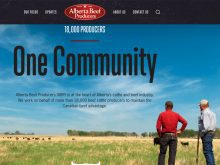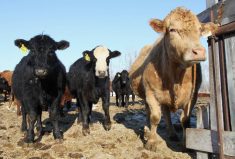Producers think Ottawa should help pay for clean-up and disinfection after a federally reportable disease outbreak
REGINA — Cattle producers say the federal government should offer better compensation to those affected by reportable diseases.
The Canadian Food Inspection Agency pays maximums of $4,500 per commercial animal and $10,000 for each registered animal when ordered destroyed, but nothing else.
Saskatchewan Stock Growers Association members voted at their semi-annual meeting to lobby Ottawa to include compensation for cleaning and disinfection (C and D) due to a reportable disease and to lobby the province and Ottawa to compensate producers for feed costs and any other expenses due to a CFIA quarantine.
Read Also

Powdery mildew can be combine fire risk
Dust from powdery mildew can cause fires in combines.
The motions came after they heard an update on the 2023 bovine TB investigation at an east-central Saskatchewan farm.
CFIA regional veterinarian Dr. Allyson Danyluk Ross said the strain detected in an animal that tested positive in the United States last February had never been seen in Canada or the U.S. before. The red Angus heifer born in 2021 was traced back to a herd through its Canadian Cattle Identification Agency tag.
The farm is a small commercial operation with animals generally going to feedlots or slaughter.
The producer backgrounds her own calves and does not use community pastures, which made the investigation somewhat easier.
“The demographics of the herd when we quarantined it had 76 cows, three bulls, 26 yearling heifers and four yearling steers,” Danyluk Ross said.
The operator typically sold steers in the fall and kept heifers over the winter to select replacements in the spring. The quarantine was imposed before the heifers could be sold last spring.
The herd was live-tested in May and 29 reactors were found.
“At that point I think the writing was a little bit on the wall,” said Danyluk Ross.
Depopulation occurred in July and in total 32 positive cases were found.
Investigators are still waiting for some final results on herds that had contact with the infected herd, but most have been released from quarantine.
Danyluk Ross said the producer received a cleaning and disinfection plan on Aug. 22, but no work has yet been done.
Producers at the meeting wondered why there is no assistance for C and D when TB, or any other reportable disease, is found.
Danyluk Ross said regulations permit her to pay for only what she orders destroyed. In the large Alberta case of 2016, the producer went directly to Ottawa to ask for more help. That situation was declared a disaster and money was made available for feed, transportation and C and D.
Canadian Cattle Association president Nathan Phinney asked why that has to be done on a one-off basis.
“We need a standing policy to know what we’re covered for,” he said.
C and D generally involves removing manure, cleaning handling facilities, feed bunks and water bowls.
There could also be a 24-month fallow period on infected premises, although most producers want to clean and disinfect so they can restock.


















